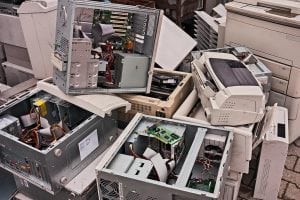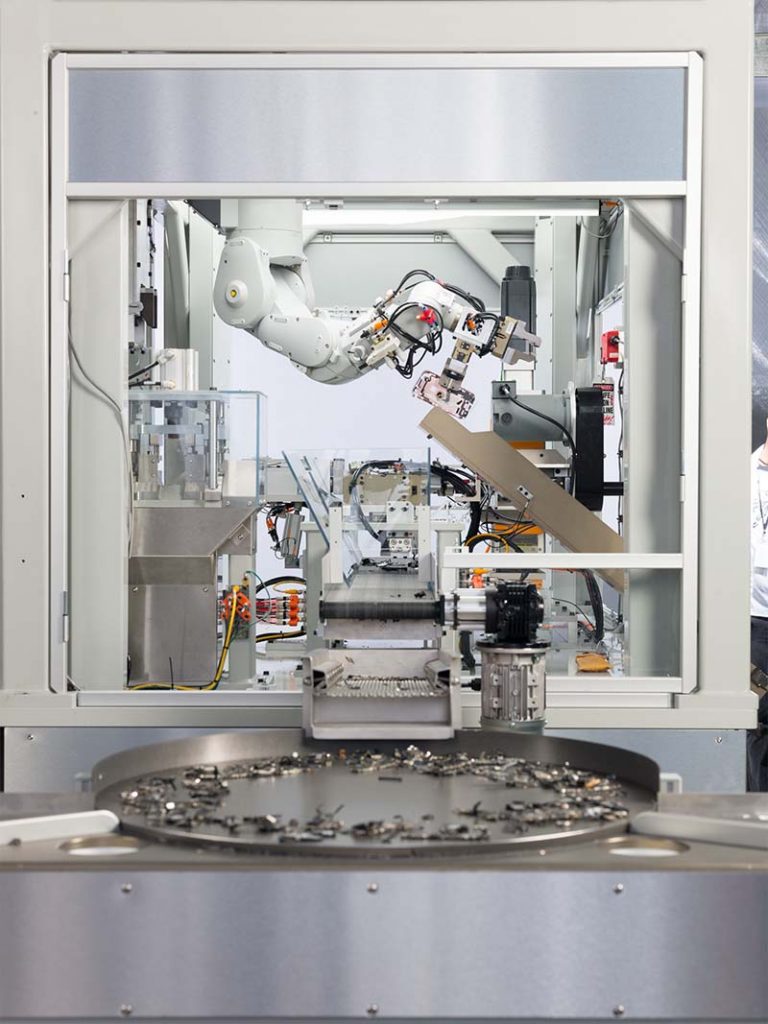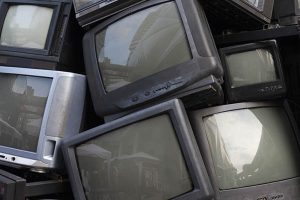An update to this story is available here.

The Basel Action Network has launched a commercial tracking service to monitor e-scrap flows, and its first customer is an OEM that was lambasted by the watchdog group over exports two years ago.
An update to this story is available here.

The Basel Action Network has launched a commercial tracking service to monitor e-scrap flows, and its first customer is an OEM that was lambasted by the watchdog group over exports two years ago.
 It’s been 15 years since California’s e-scrap program was launched, and those years have brought significant changes to the end-of-life device stream. Now, administrators of the country’s first state program have adopted a vision for the future.
It’s been 15 years since California’s e-scrap program was launched, and those years have brought significant changes to the end-of-life device stream. Now, administrators of the country’s first state program have adopted a vision for the future.
 A $25,000 grant will help a Nebraska processor achieve R2 certification, part of a larger effort to boost e-scrap recycling capacity in the Cornhusker State.
A $25,000 grant will help a Nebraska processor achieve R2 certification, part of a larger effort to boost e-scrap recycling capacity in the Cornhusker State.

Daisy, Apple’s new device disassembly robot, can dismantle up to 200 devices per hour.
When it comes to in-house recycling, Apple is diving deeper into droids.

Puneet Shrivastava of Dell (left) accepts the Design for Recycling Award from ISRI Chair Mark Lewon.
Dell last week became the first two-time winner of an award that honors manufacturers that keep recyclability in mind when designing products.
 Electronics recycling company URT Solutions has partnered with a television manufacturer to voluntarily provide free collection of end-of-life TVs in New Hampshire.
Electronics recycling company URT Solutions has partnered with a television manufacturer to voluntarily provide free collection of end-of-life TVs in New Hampshire.

An appeals court has ruled against Vizio in a case over how Connecticut’s state program calculates the recycling fee it charges manufacturers.
 Samsung’s latest smartphone, the Galaxy S9, was released this month. As some groups scrutinize the device, the manufacturer has announced service upgrades to its authorized repair locations.
Samsung’s latest smartphone, the Galaxy S9, was released this month. As some groups scrutinize the device, the manufacturer has announced service upgrades to its authorized repair locations.
This story originally appeared in the March 2016 issue of E-Scrap News.
Subscribe today for access to all print content.
 The current drive to recycle or repurpose CRT glass is leading the e-scrap industry into uncharted territory. CRT glass has lost its marketability and, with that, the e-scrap industry has lost its answer for the recycling of the CRTs.
The current drive to recycle or repurpose CRT glass is leading the e-scrap industry into uncharted territory. CRT glass has lost its marketability and, with that, the e-scrap industry has lost its answer for the recycling of the CRTs.

